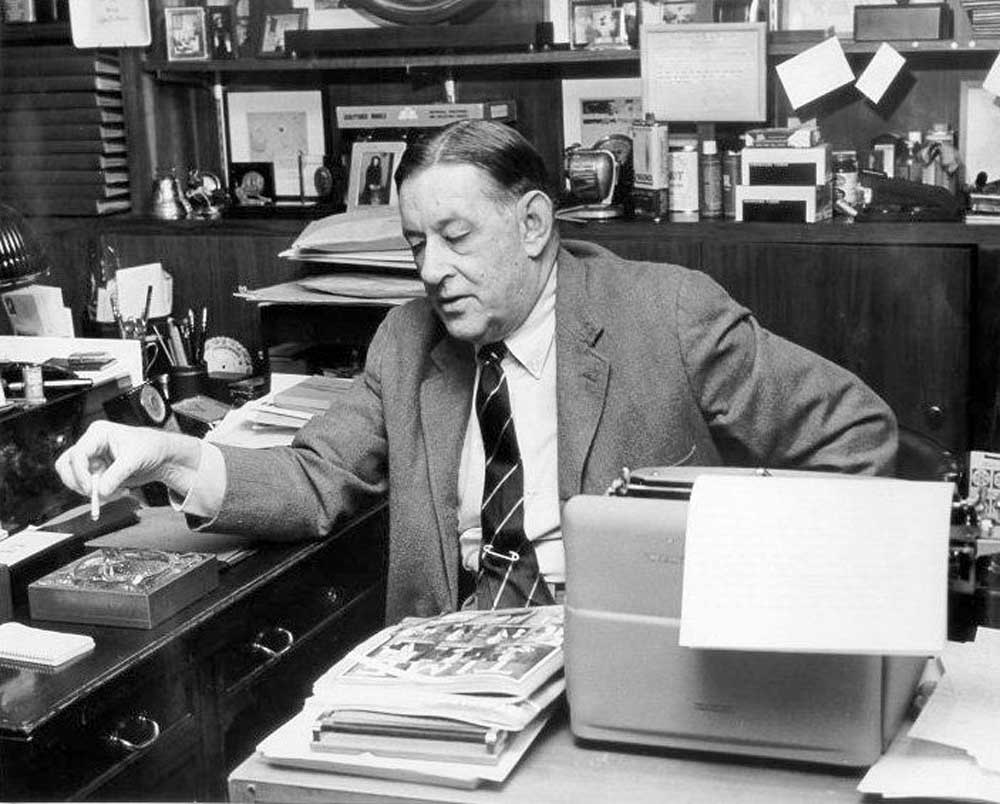Some books are worth a second read
Published 7:00 pm Tuesday, December 22, 2015

- Writer John O'Hara first earned a reputation for short stories and later became a best-selling novelist before the age of 30.
I just reread a book that I first read more than 40 years ago. It was like I was reading it for the first time.
The book is John O’Hara’s Appointment in Samara.
While just out of college and working as a night copy kid at the Portland Associated Press bureau, I consumed the O’Hara book during breaks. One of the AP editors mocked me for reading this book, which had its heyday prior to World War II.
O’Hara is renowned for his keen eye for social mores and everything from the clothes people wore, the cars they drove, what they drank, their dancing and their sex lives.
In his foreword to the edition I read, the critic Charles McGrath said: “While Appointment is dated in some ways, its stinging class awareness — its sense of everyone looking over his or her shoulder and scrabbling for a place on the social ladder — feels as current as the novels of Tom Wolfe.”
The book is set in the fictional town of Gibbsville, Pennsylvania, in 1930. Gibbsville is modeled on Pottsville, in coal country. Building a picture of Gibbsville in my imagination, I saw how O’Hara could have set the story in Astoria during Prohibition, where salmon was king.
▼▼▼
O’Hara is out of fashion. He is so out of fashion that David Remnick, editor of The New Yorker recently made no mention of O’Hara in his discourse on the evolution of the magazine’s short story. Remnick did mention John Updike, who wrote that O’Hara virtually defined The New Yorker story. In fact, O’Hara holds the record for most stories published by the magazine — 247.
During my O’Hara phase, I read a bundle of his short stories, which are like Somerset Maugham’s — clearly drawn characters with keen cultural detail and a deft and sudden ending.
Noting that O’Hara’s stories are superior to his body of novels, McGrath says: “The stories, by contrast, were almost minimalist, turning on just a line of dialogue or even a passing observation that suggests something crucial has just changed. More Hemingwayesque than Hemingway — more transparent and less mannered — these stories opened a path for such great American story writers as Salinger, Cheever, Updike, and Carver.”
▼▼▼
If one is 40 years older, it is natural that he would see a work of fiction in a much different way than the first time around. I’m enjoying this experience. So next up on my list of reruns is The Great Gatsby. Eventually I will get around to The Red Badge of Courage. I read Stephen Crane’s Civil War novel while in junior high. I knew I had read something big, and I sensed its emotion. But now I’m eager to see the 80 percent of the book that I missed as an adolescent.
John O’Hara holds the record for short stories published by The New Yorker — 247
— S.A.F.





